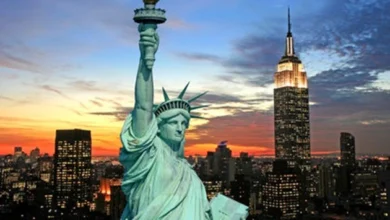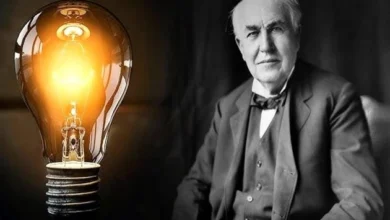Different historical eras: what haircut would you wear?

Fashion is cyclical — trends go away and come back again. And some may be much older than they seem at first glance. For many years of history, hairstyles have been not only an element of appearance but also a way to show your status. So, we suggest you find out what haircut you would have worn in different eras.
8 haircuts you would wear in different eras
1. “Under zero,” but with a wig
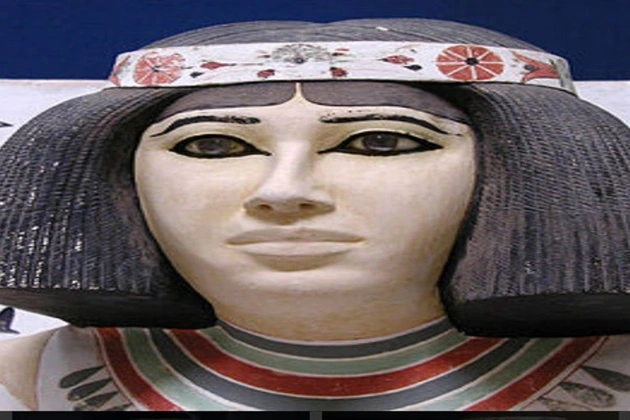
Ancient Egypt had a hot climate, so most people preferred getting their hair cut “to zero” for hygiene. However, not everyone wore an open bald head; most often, enslaved people or representatives of the lower classes of society did this.
Fewer hairs on the head meant a subordinate status, so this haircut was done and openly worn by priests, worshippers of the gods, and servants. But if you were a pharaoh, a rich man, or a free citizen, you would shave your head but wear a wig.
There was a rule: the higher your status, the more complex your hairstyle was. By the way, the shape and style of your wig tell others a lot about your position and wealth. For example, wealthy citizens preferred wigs made of natural hair, and those who were poorer — made of vegetable fibers or wool. Black or dark brown strands with straight cuts, shoulder lengths, and below were at the center of men’s fashion.
2. Long hair and curls
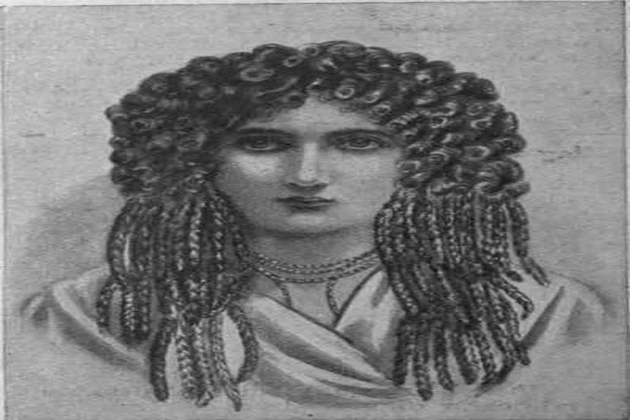
The ancient Greeks mostly wore long hair, and combing was a special ritual. If you had been born in that era, you would have plaited strands into braids, put them in low bunches, or curled them into curls with the help of calamus — metal rods similar to the simplest hair tongs.
The most popular hairstyle was braids behind the ears, and Zeus also wore tight curls falling over his shoulders in vertical rows. Short hair in ancient Greece was worn only by Spartan boys who practiced sports skills—long strands would simply interfere with their training. But as soon as they reached puberty, they grew long hair.
3. Short haircuts

The Romans borrowed a lot from the Greeks, including hairstyles. They grew long hair and beards. But since the end of the 4th century BC, fashion has changed: men began to cut their hair short and prefer shaving. By the way, they started shaving when they reached the age of 21, and the first use of a razor was an actual holiday.
4. Bleached long hair
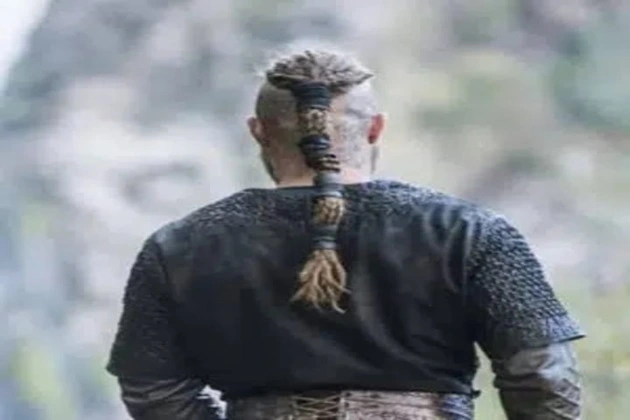
Myths about Vikings led one to believe they were long-haired, unkempt and wore horned helmets. However, all of the above representations need to be revised. According to archaeological evidence, the Vikings were well-equipped with hair care devices, including combs and tweezers. And if you were one of them, you would comb your hair daily, bathe every Saturday, and change your clothes often.
If we talk about popular haircuts at that time, then at the height of fashion, there was a mullet hairstyle in which the hair is cut short in front and on the sides and remains long behind. This is exactly the image scientists found in the Oseberg ship mound in Norway.
In addition, men wore long, well-groomed beards, which they liked to dye light. The second source of knowledge about Viking hairstyles is an anonymous Old English letter in which a man urges his brother to follow Anglo—Saxon practice and not succumb to “Danish fashion with a shaved neck and blinded eyes.” Blinded eyes probably meant long bangs.
5. Bunch hair

Samurai and hair in a bun are inseparable. The same hairstyle was preferred in ancient China. For the samurai, the bundle, called teenage, was a fundamental part of his personality. The warrior shaved off his hair on top of his head, gathering the long strands remaining on the sides into a knot at the back.
This hairstyle was a distinctive feature of the samurai. By the way, if he was defeated or committed some dishonorable act, he lost his bundle – it was cut off. And if there was not enough hair for a hairstyle, an overlay was used, fixed on their curls’ remains.
6. kosy hair
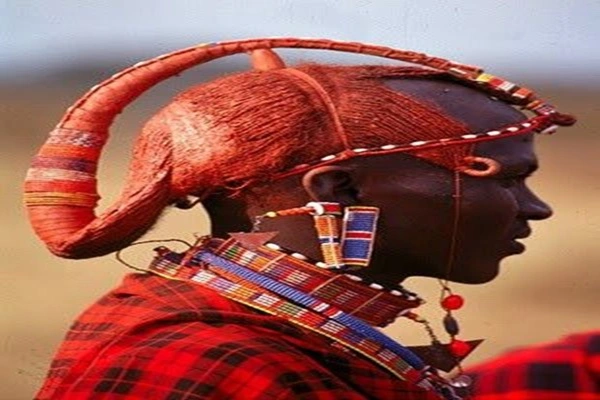
It is not known exactly when the tradition of braiding originated in African cultures, but it persists. In the 15th century, the Maasai migrated from the lower Nile Valley to modern-day Kenya and Tanzania.
The warriors, called morans, braided their hair into long braids, decorating them with paint and oil. They did this hairstyle between the ages of 15 and 20 as a rite of passage. Modern Maasai still practice this custom.
7. Iroquois hair

The Mohawk hairstyle, named after the Iroquois Indian tribe, has shaved sides and a narrow strip of hair from the forehead to the back of the head. According to the book Pawnee Indians by historian George E. Hyde, the tribes of Indians from Nebraska to Mexico adhered to a particular manner of combing a strand of their heads. Their hair was hardened by paint and grease and stood straight or curved, resembling a horn. The Mohawk indicated that the man was a hunter.
8. A wig and nothing but a wig
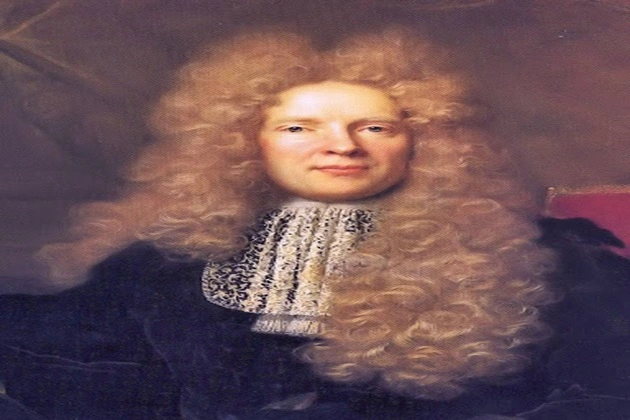
If you were born in 17th-century France, ruled by Louis XIV, you would have to wear a wig, even if you had beautiful and healthy hair. The king put on this accessory at 23 and issued a decree on its mandatory universal wearing. By the way, the monarch’s collection consisted of over 1,000 wigs worn on various occasions.
There were separate copies for a date, an official meeting, or a trip. The styles also varied. Long and voluminous wigs with large natural hair curls were popular—they were called along. The higher the status, the more extensive and more pretentious the wig.


